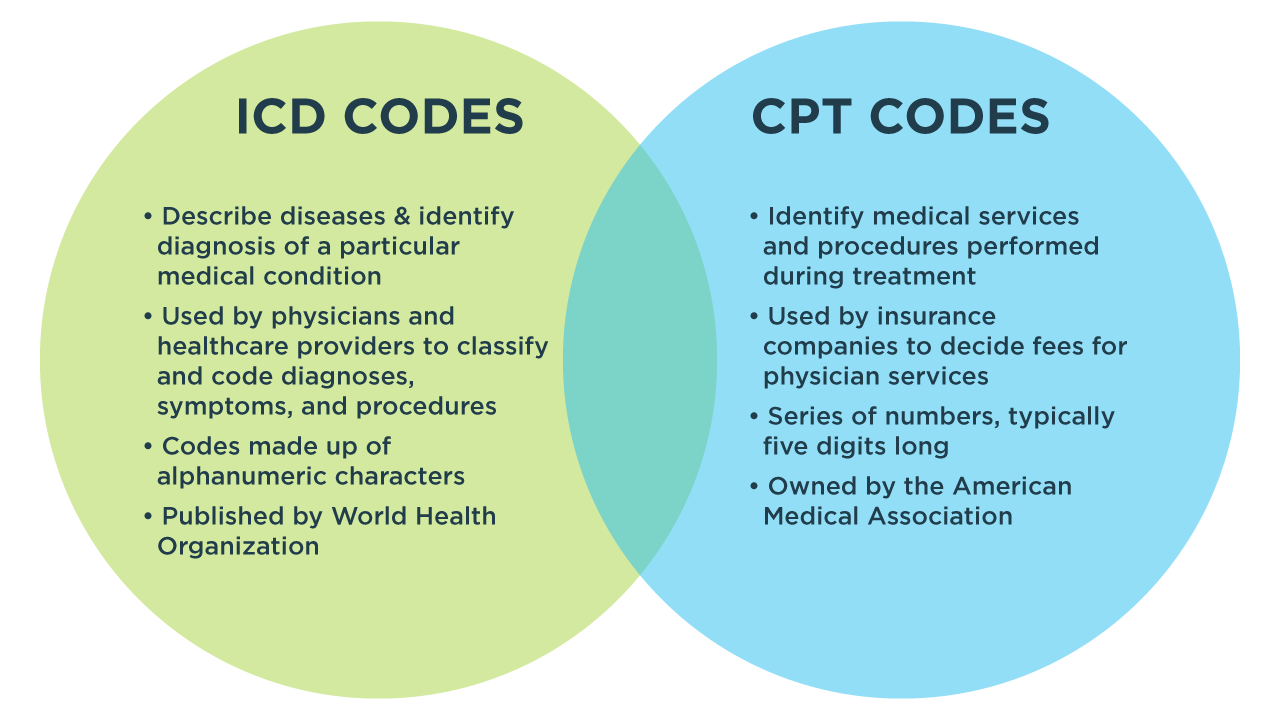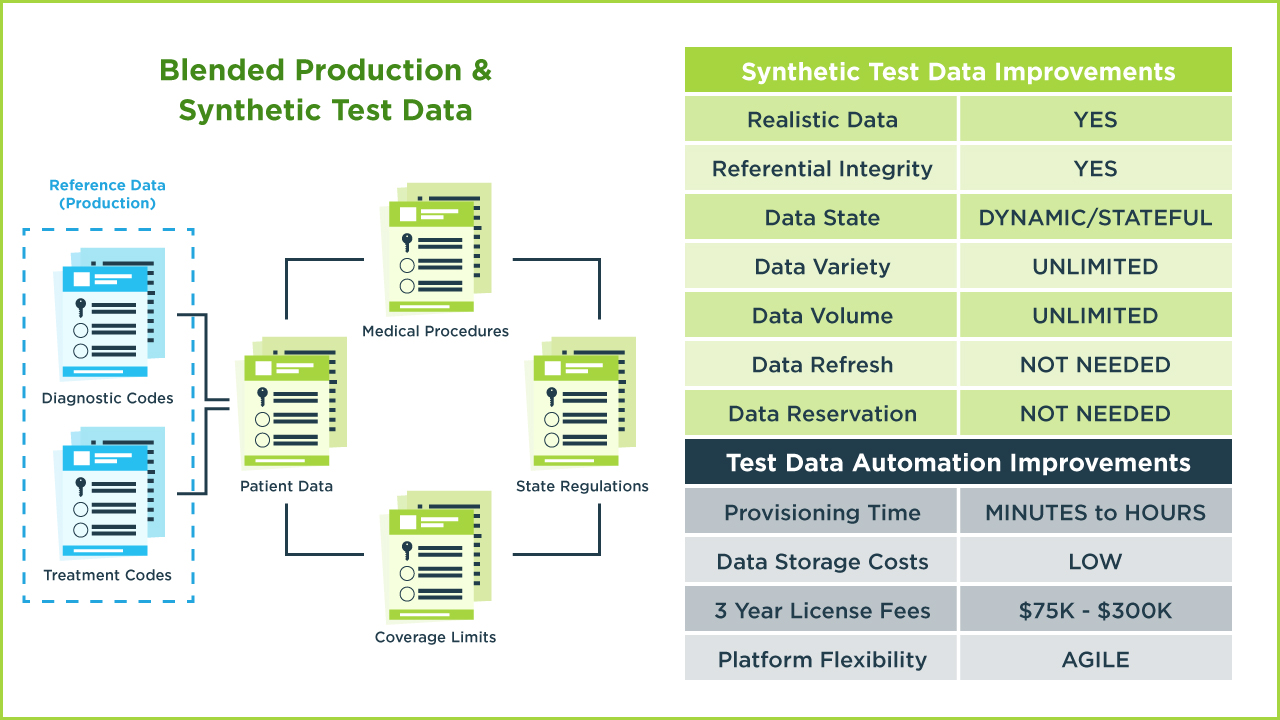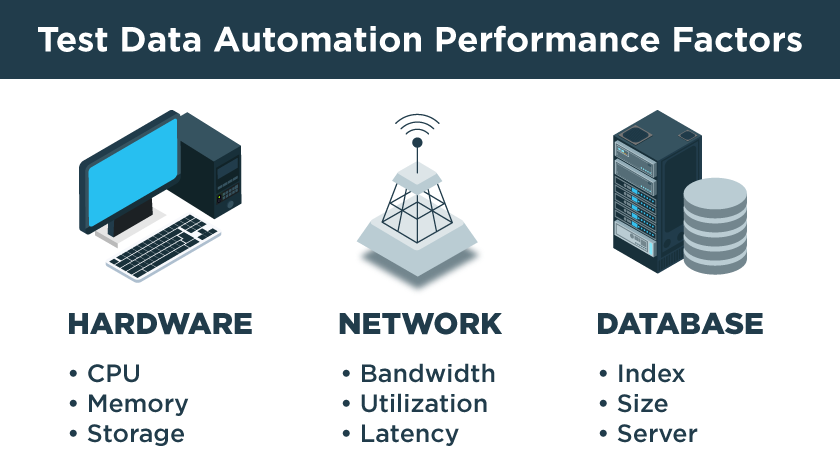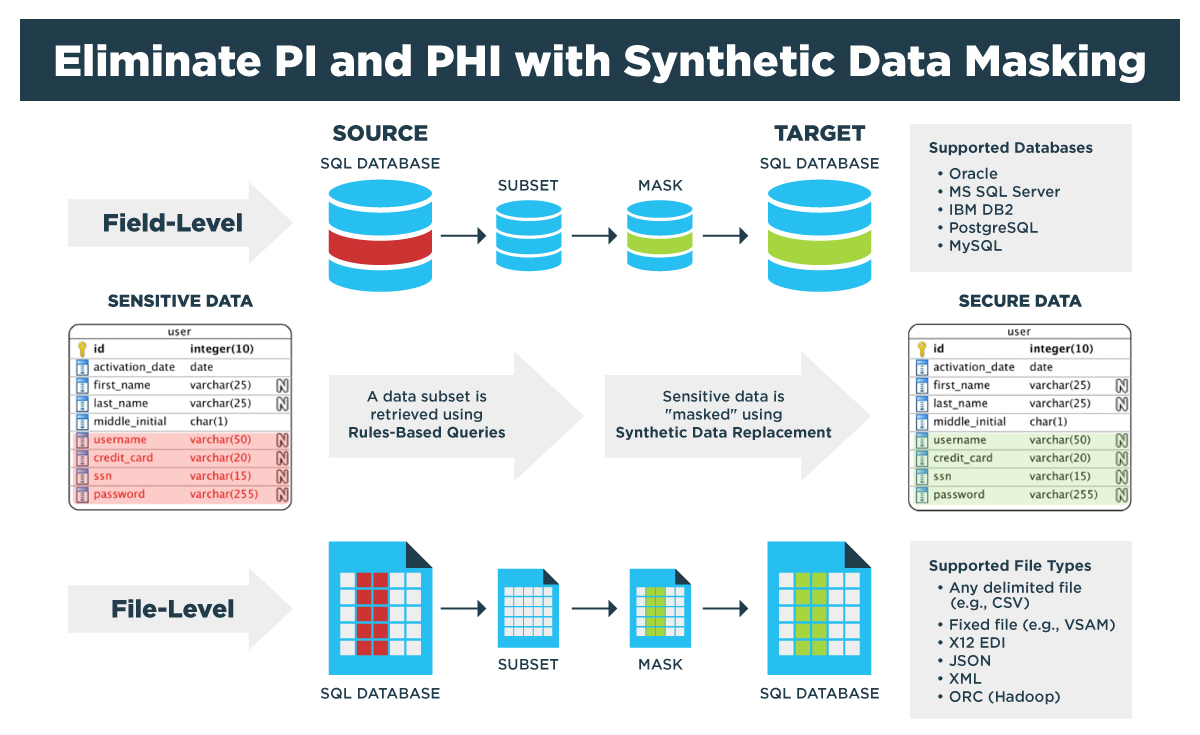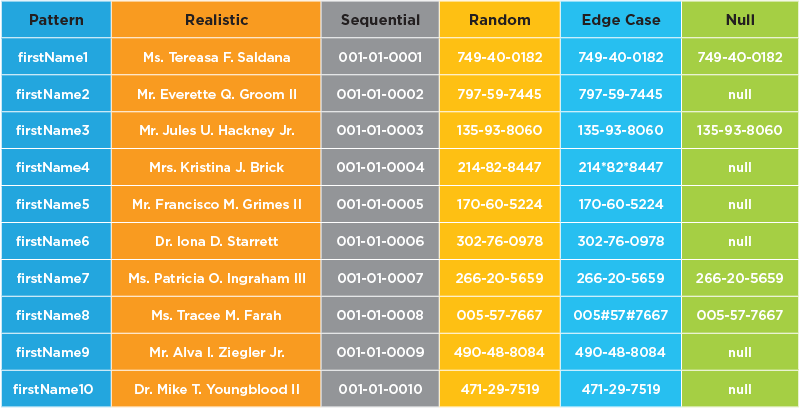Data validity is essential when testing the accuracy of business logic designed into information systems that process complex transactions. Without guaranteed data validity, software testing succumbs to that age-old dilemma - garbage in, garbage out – and puts software quality at risk.

GenRocket Blog
